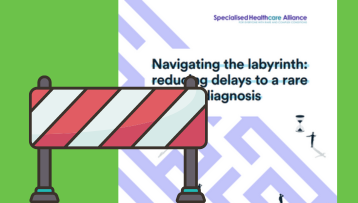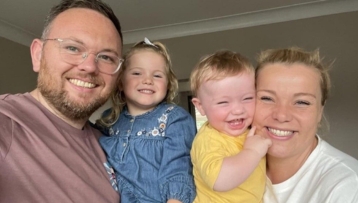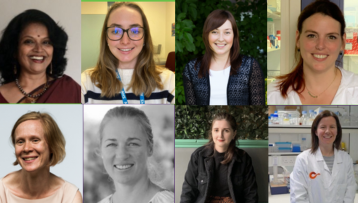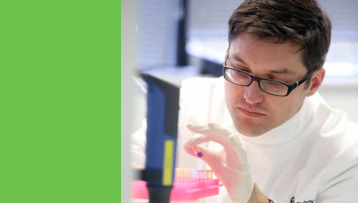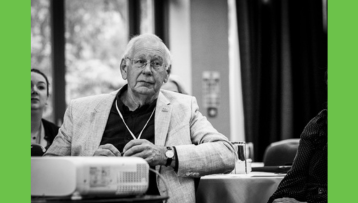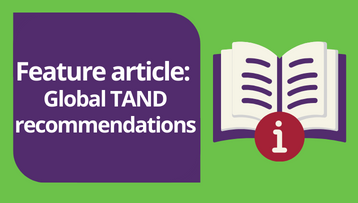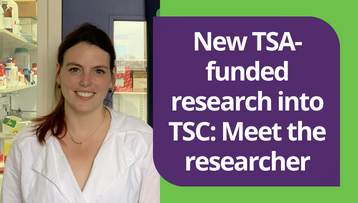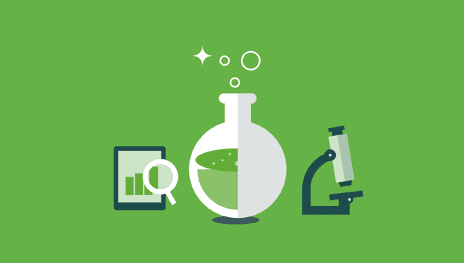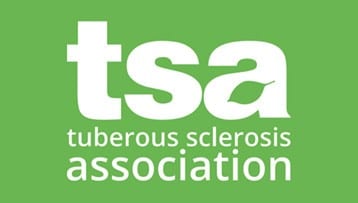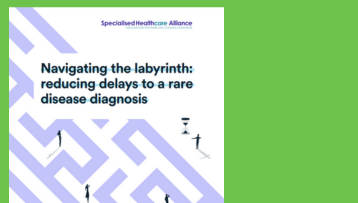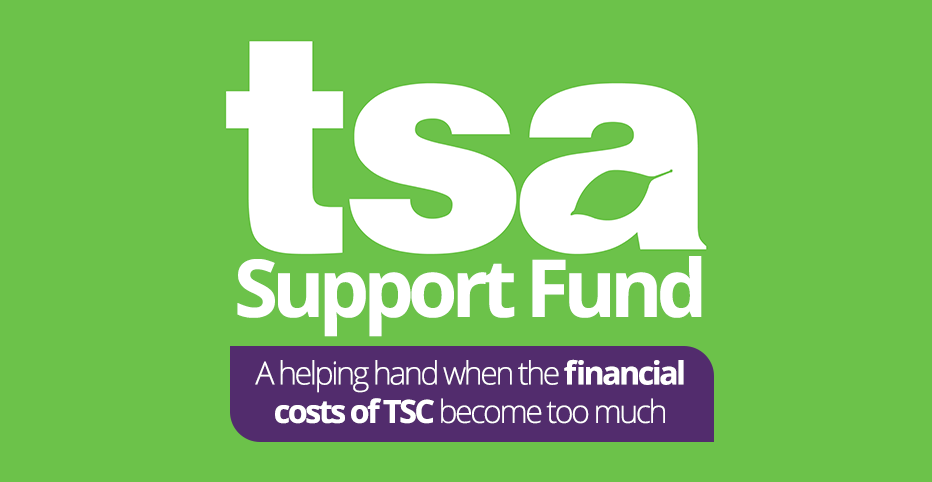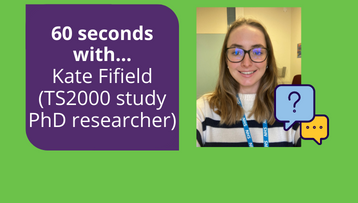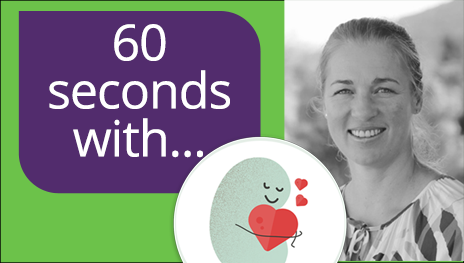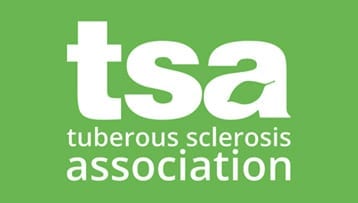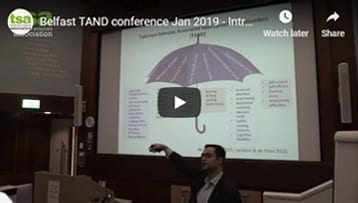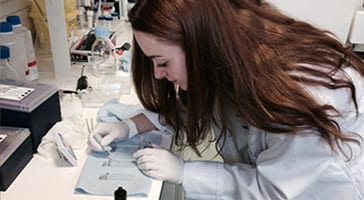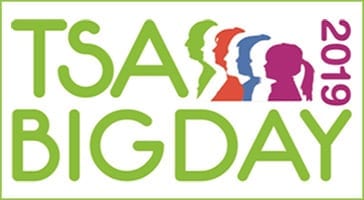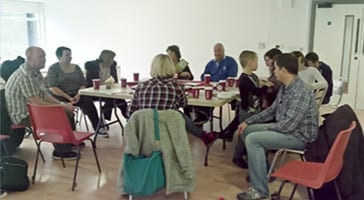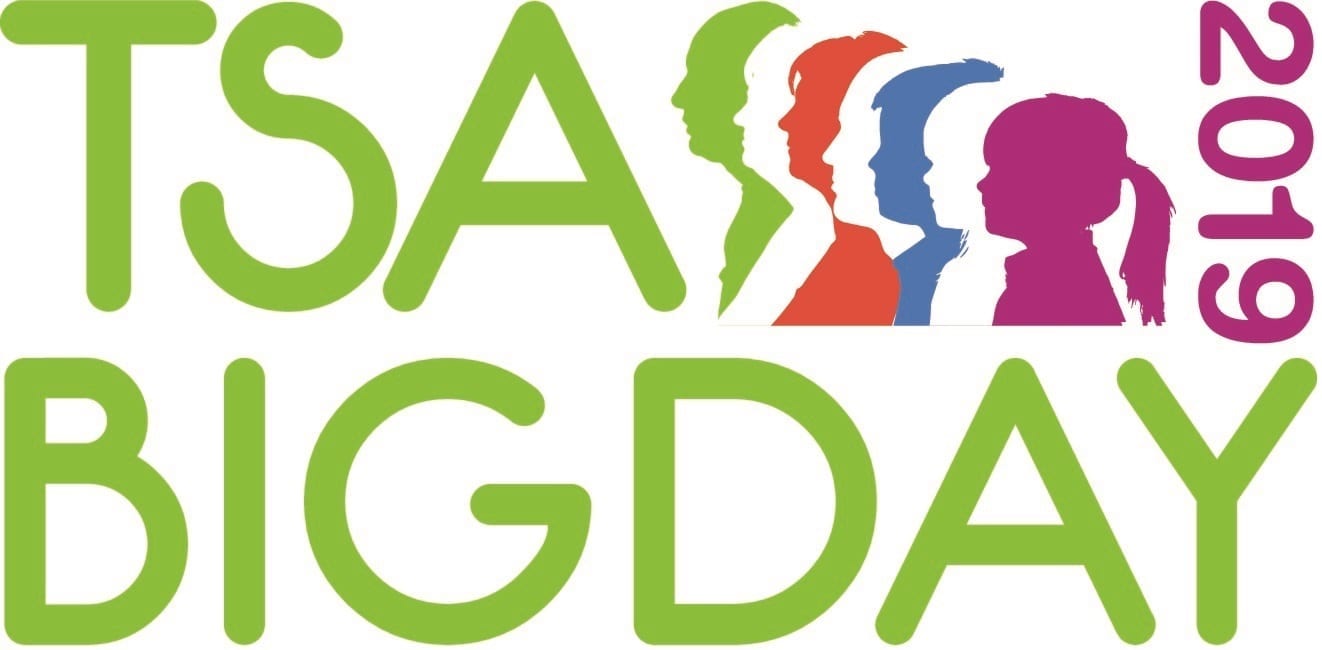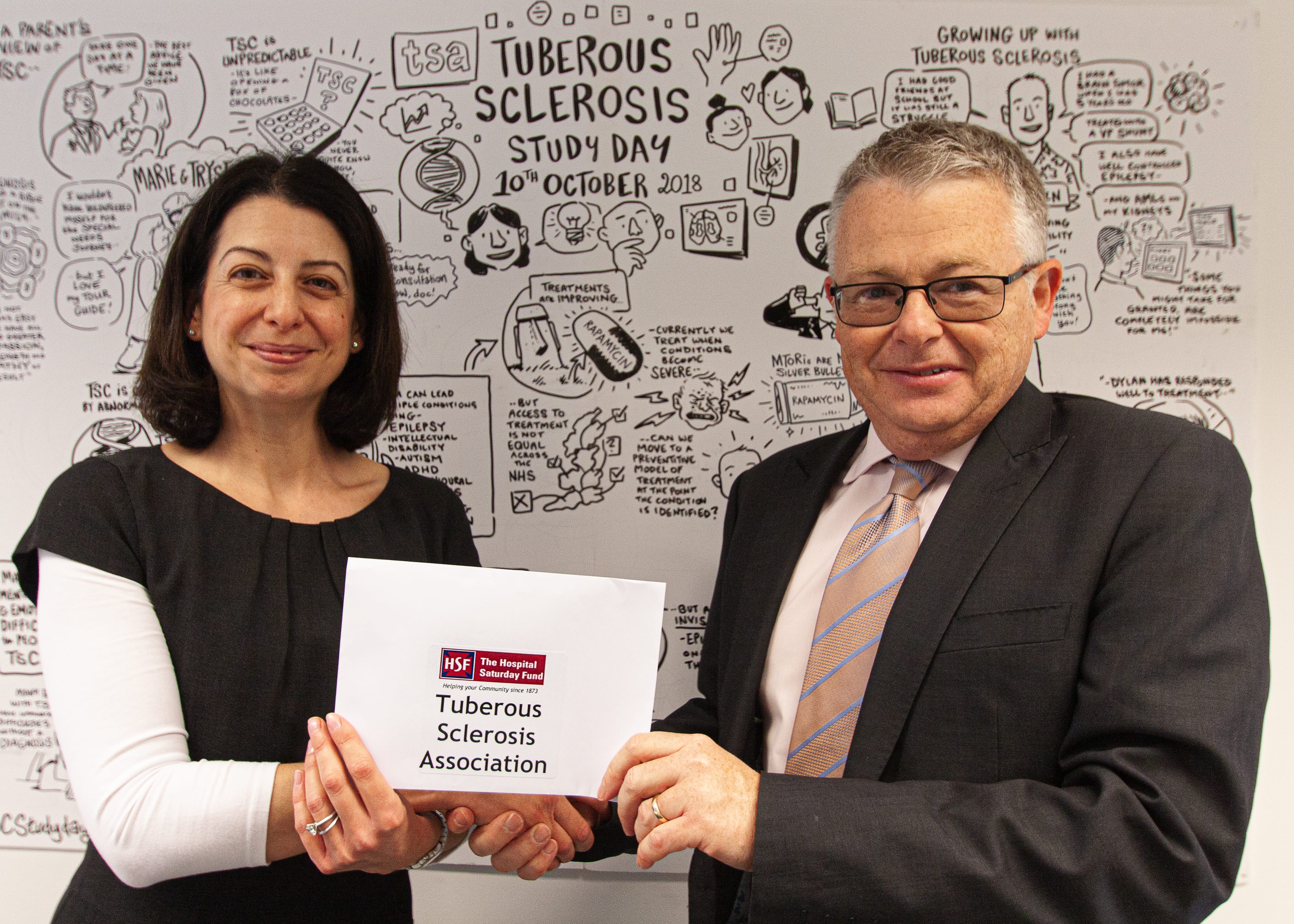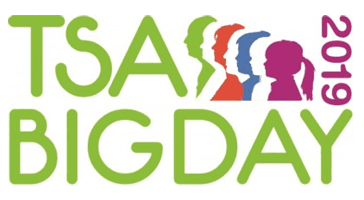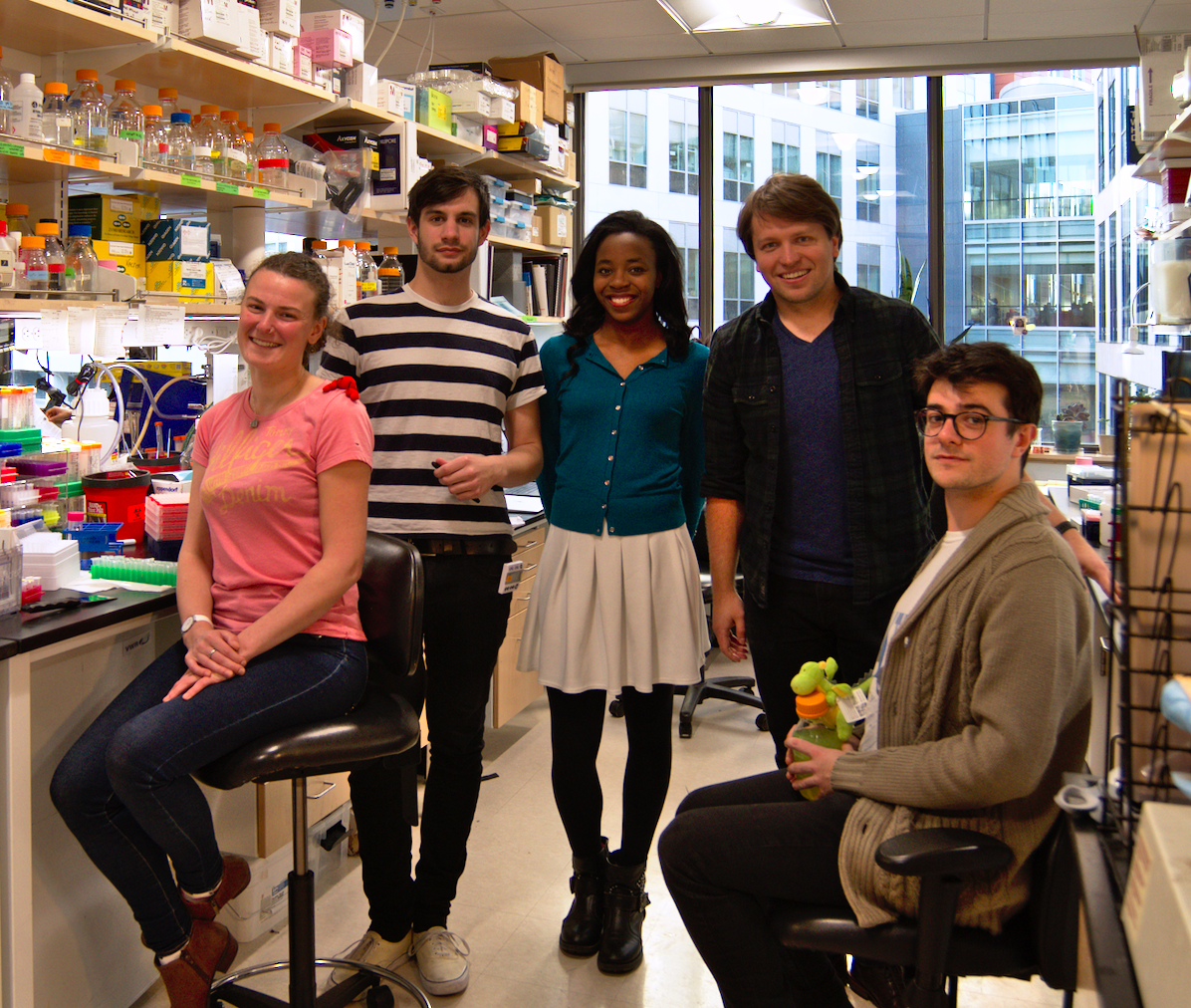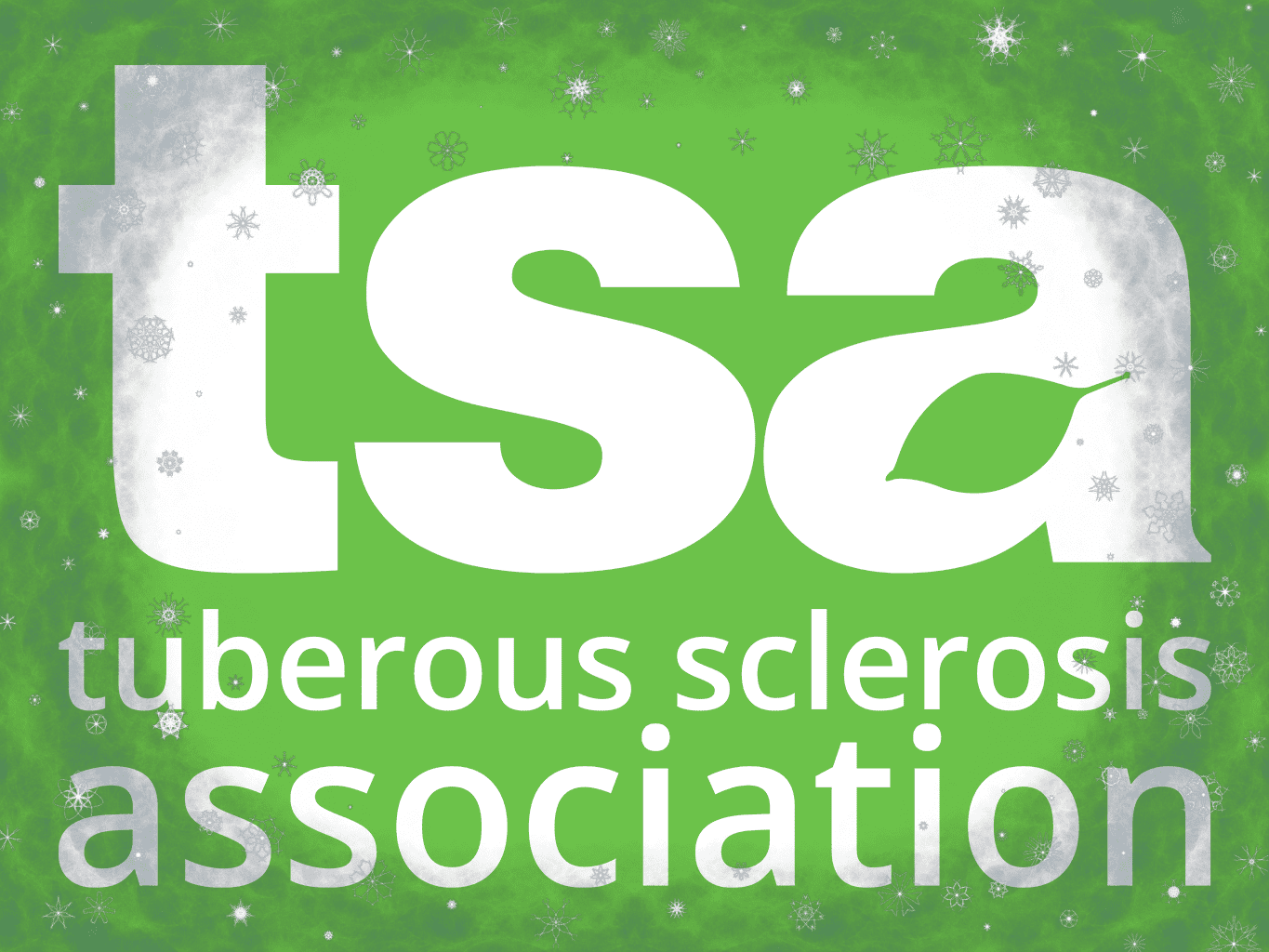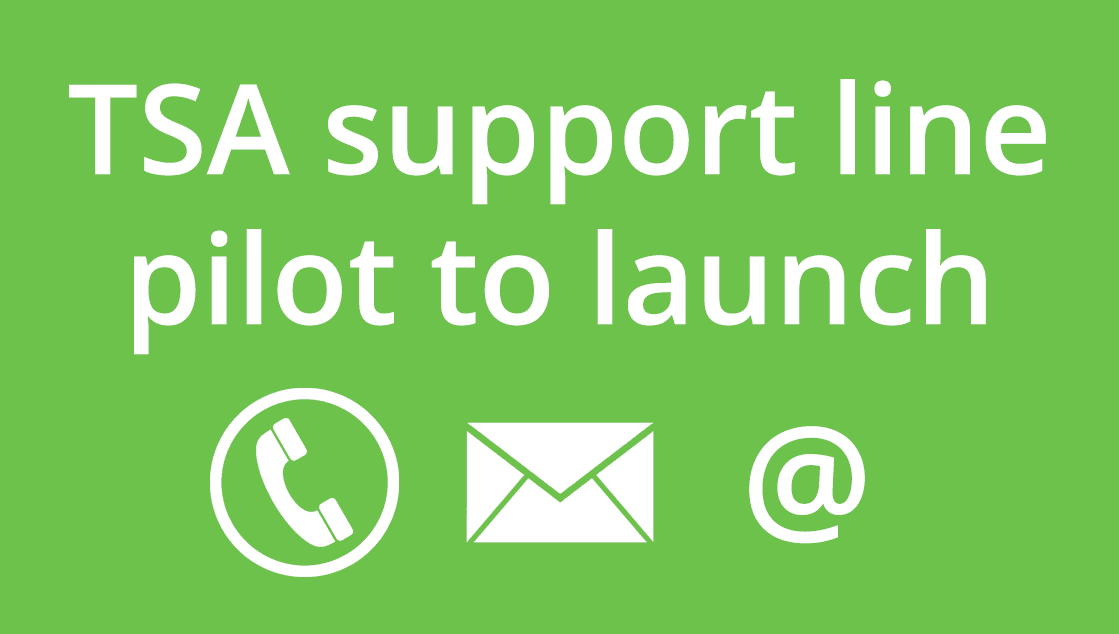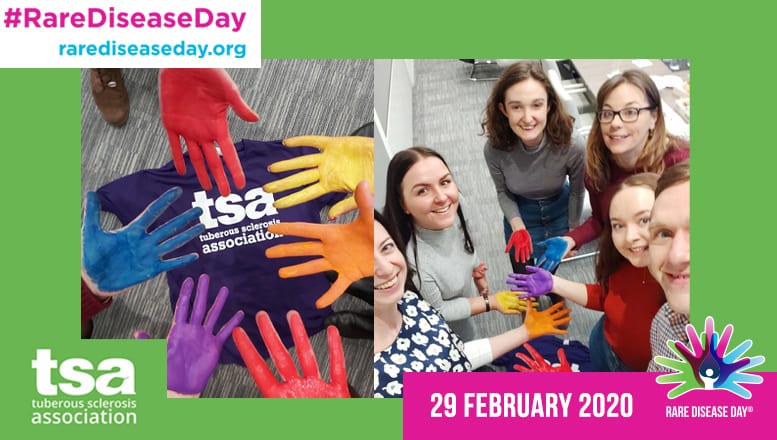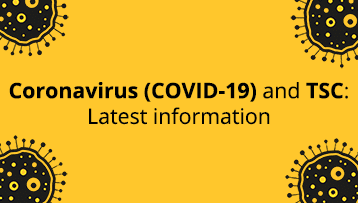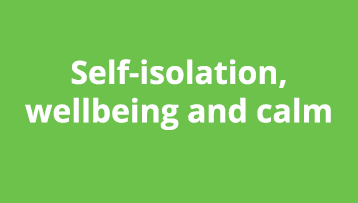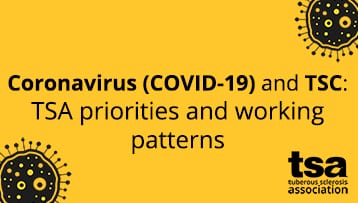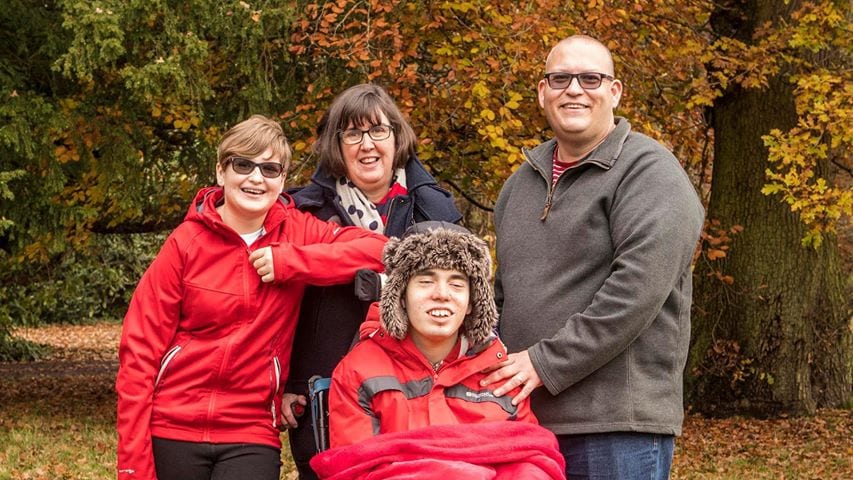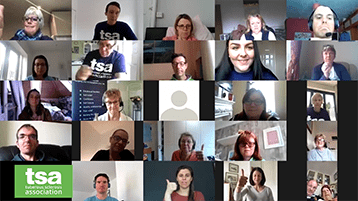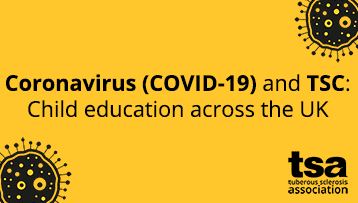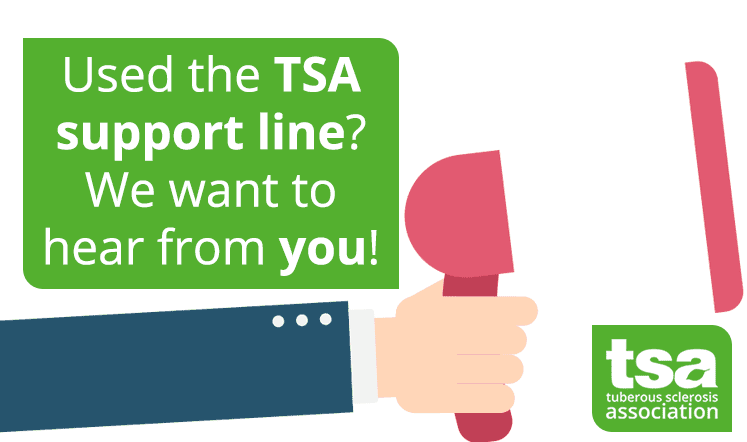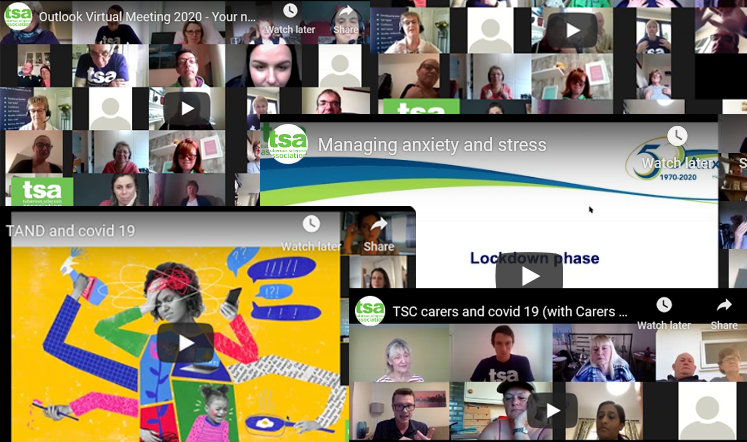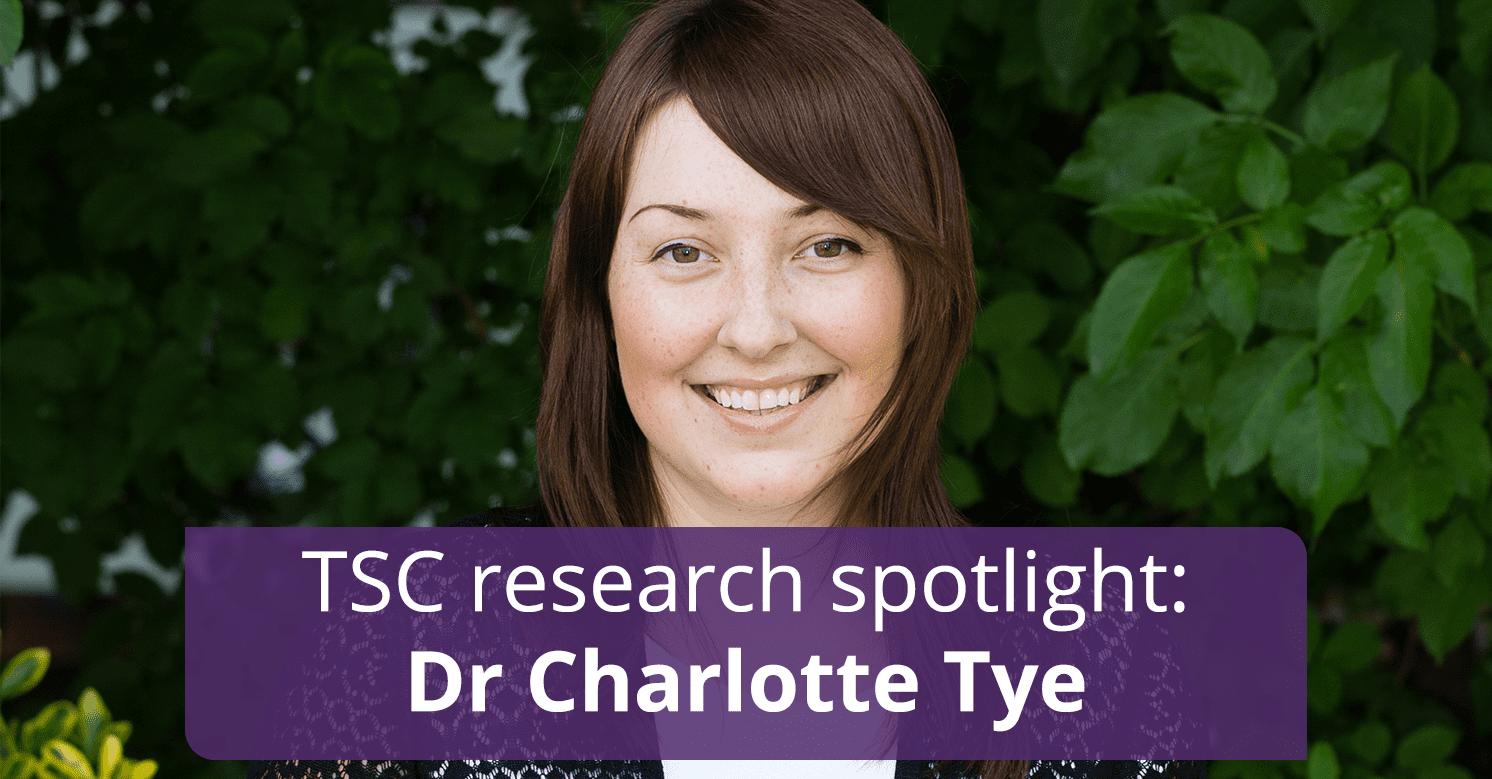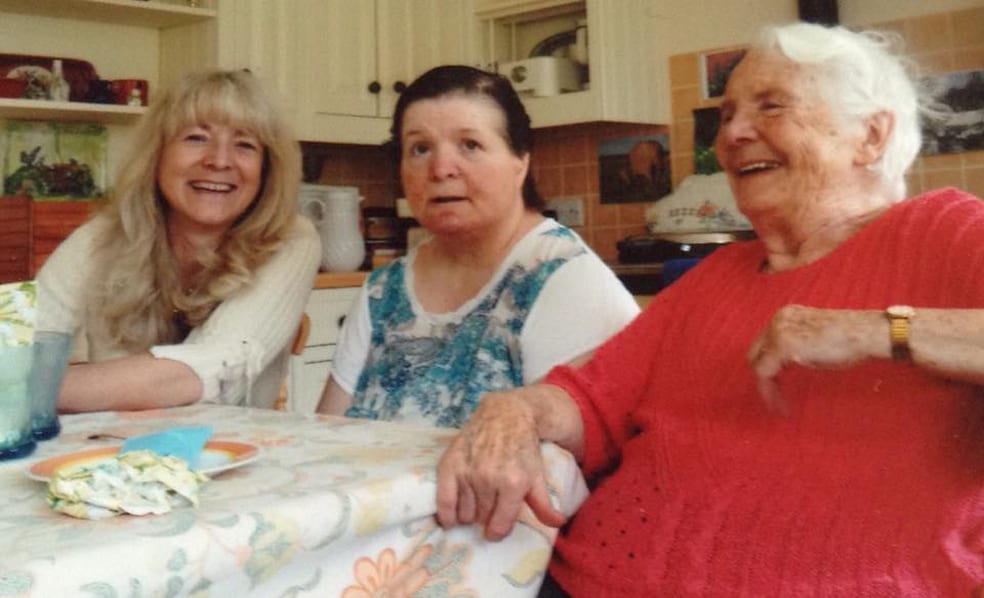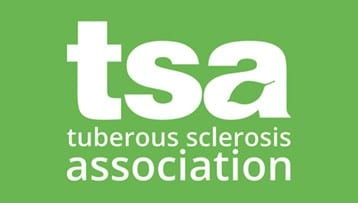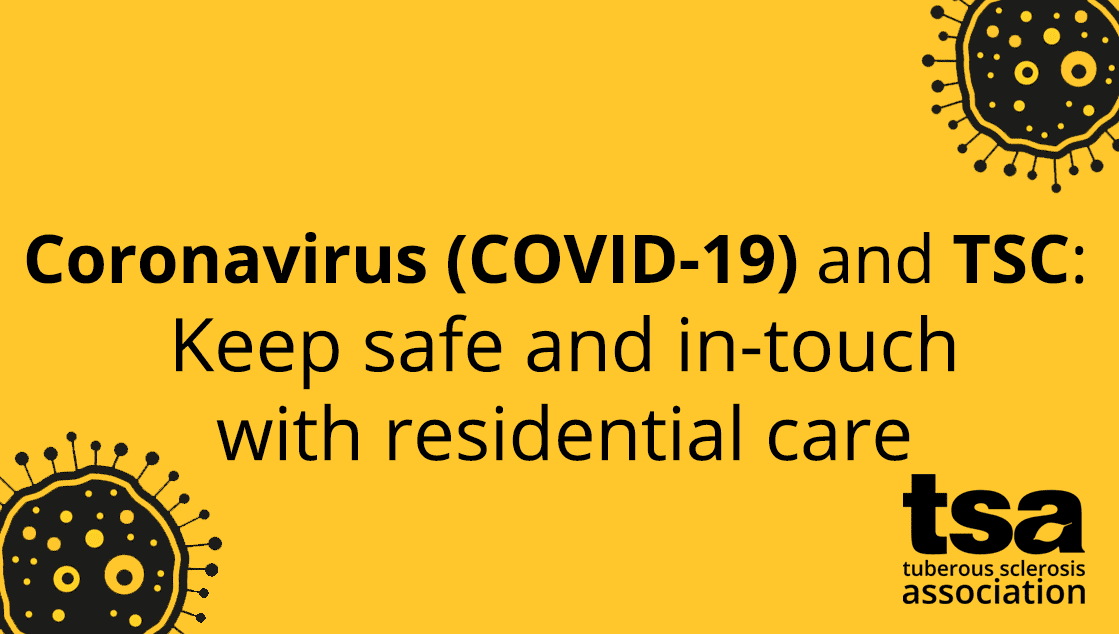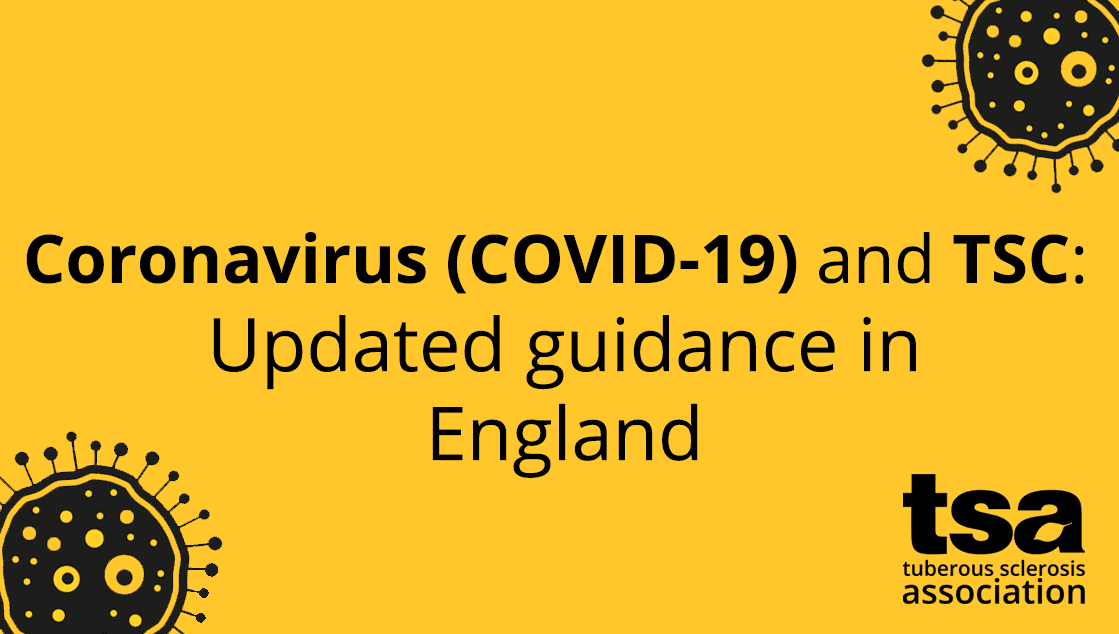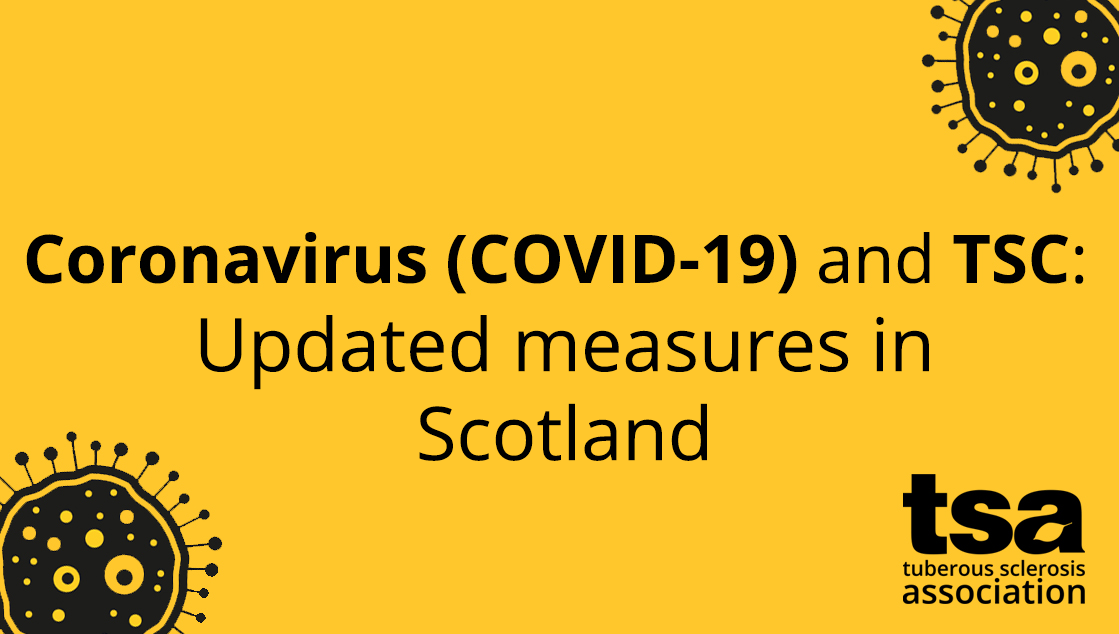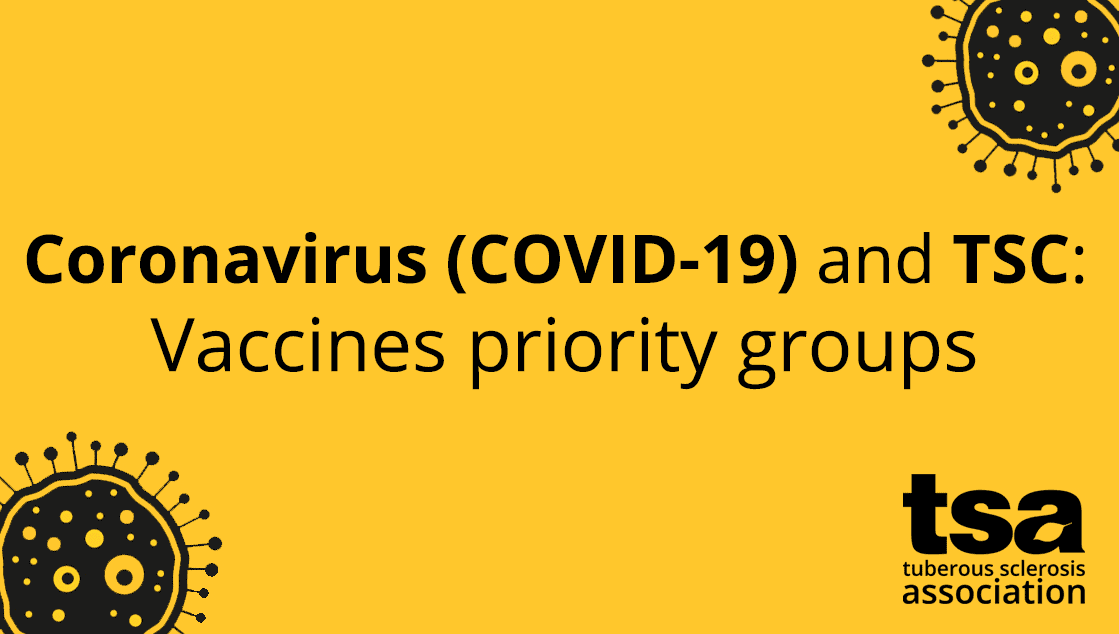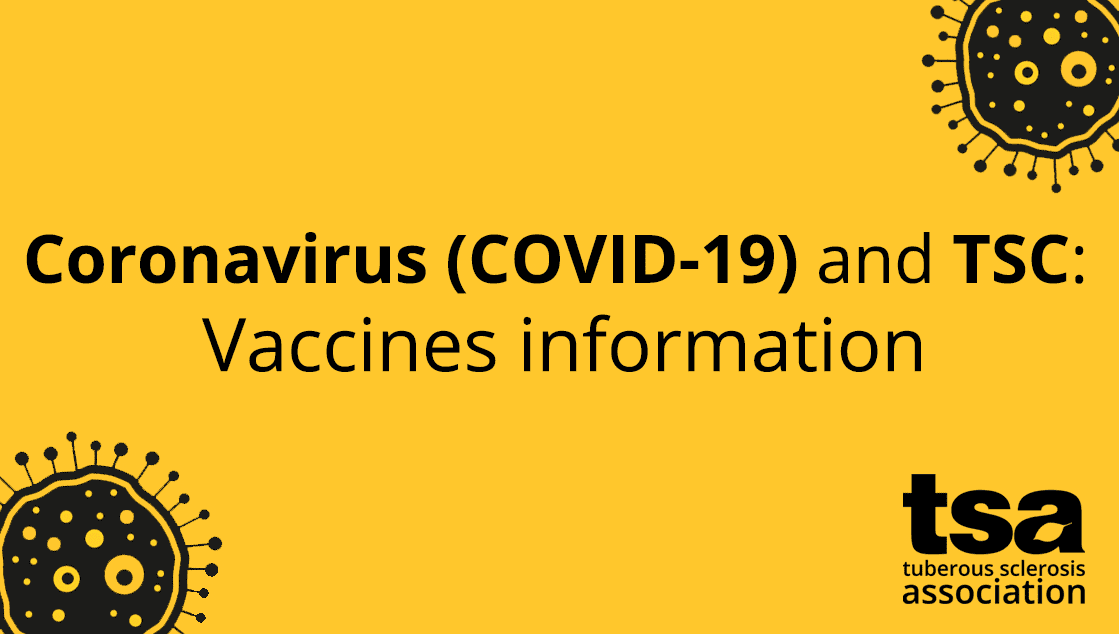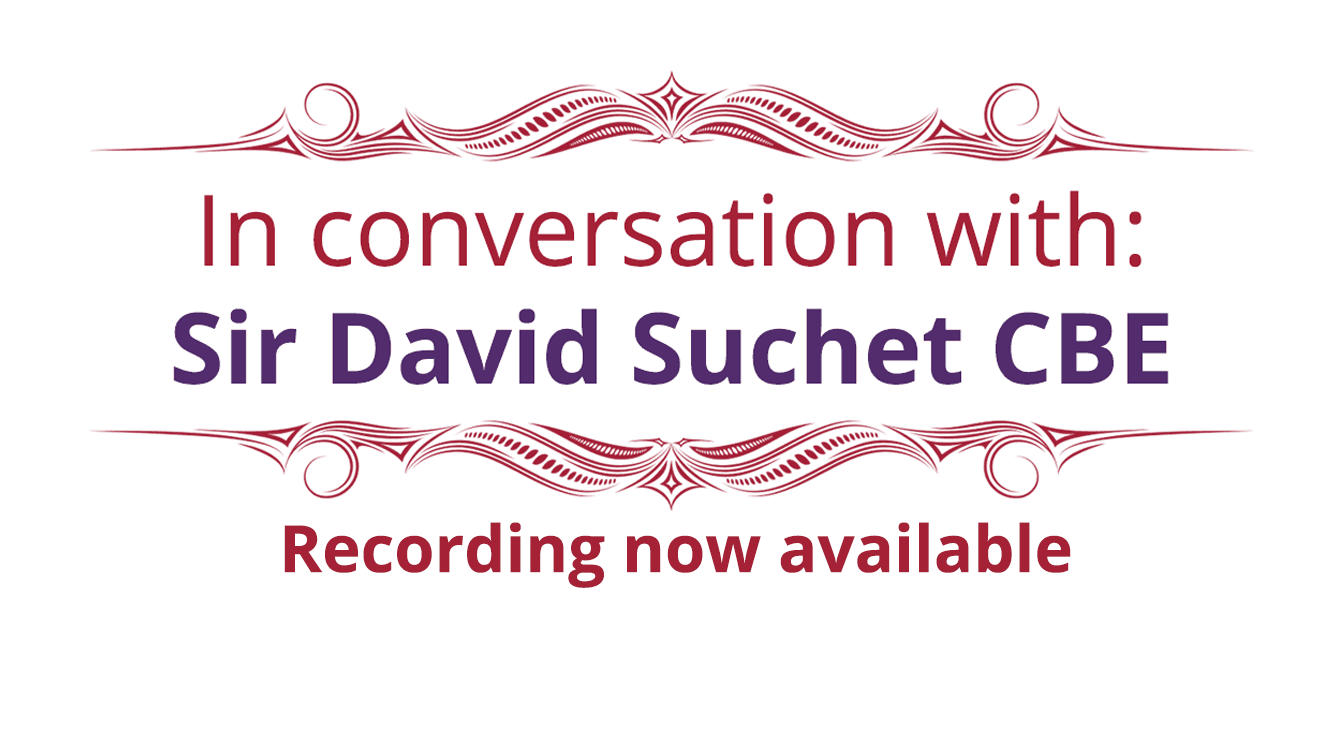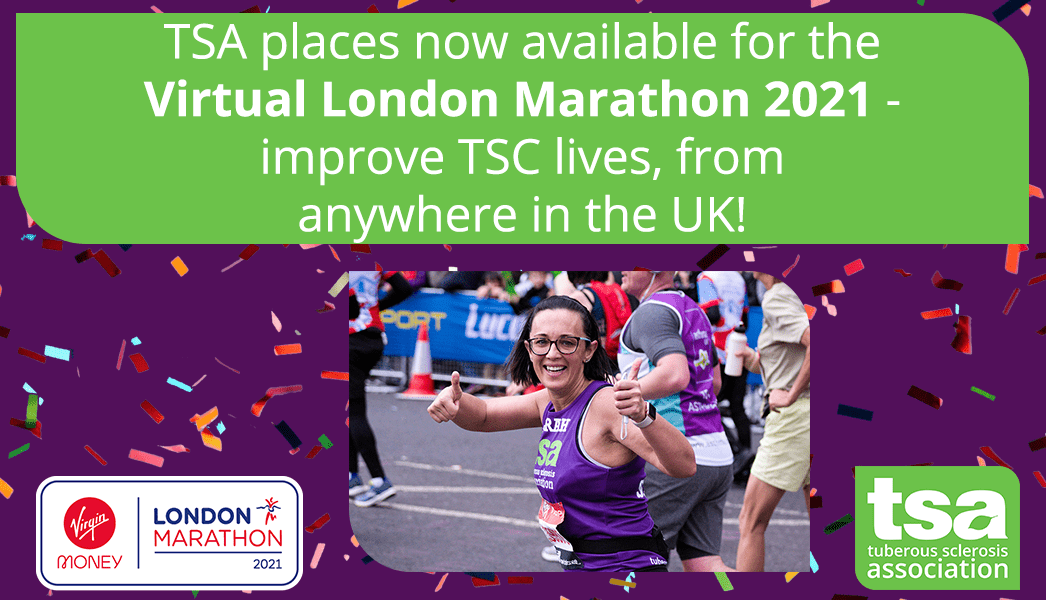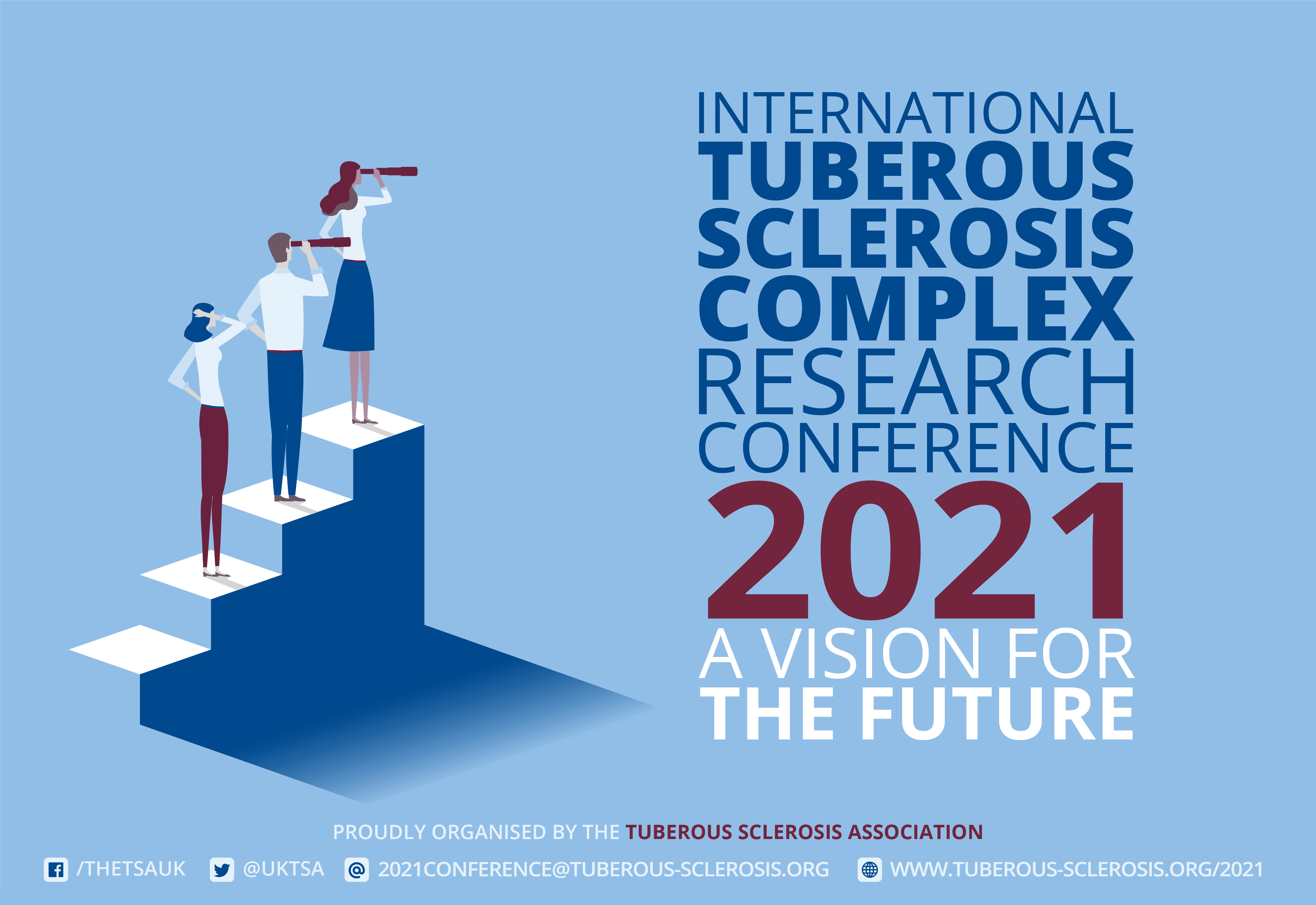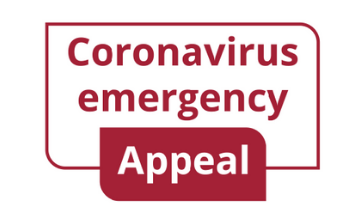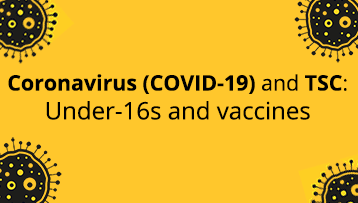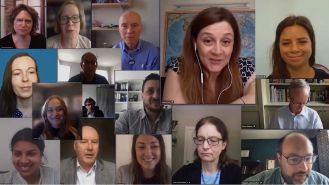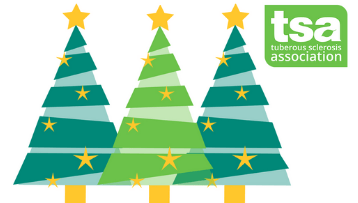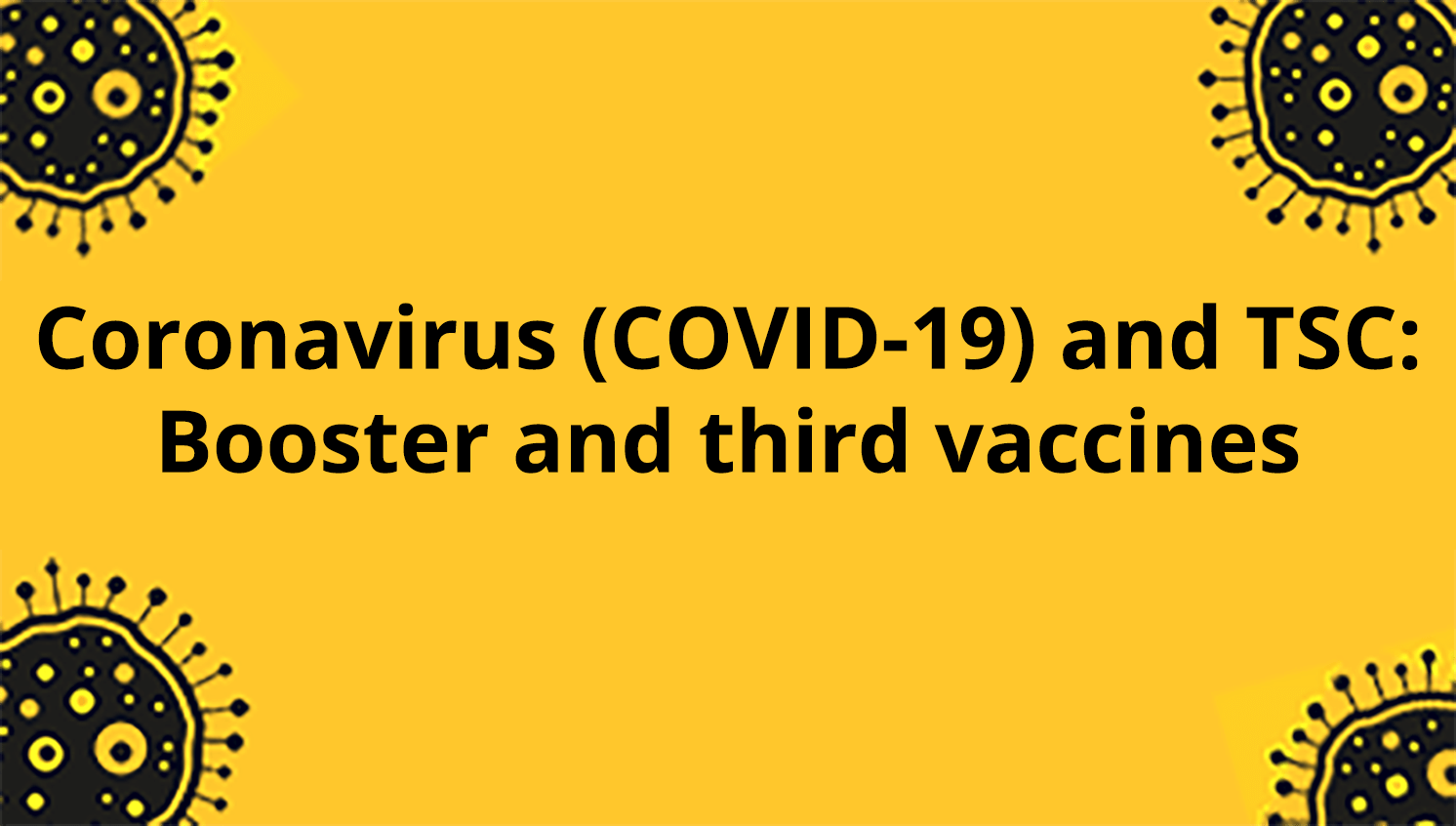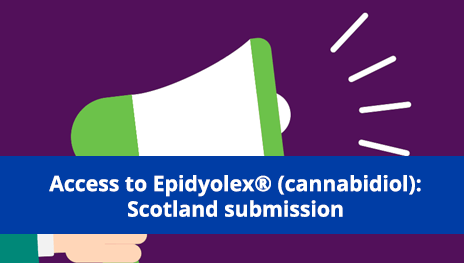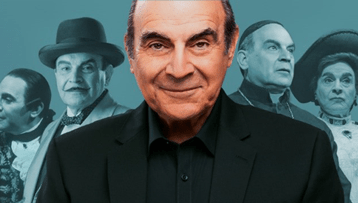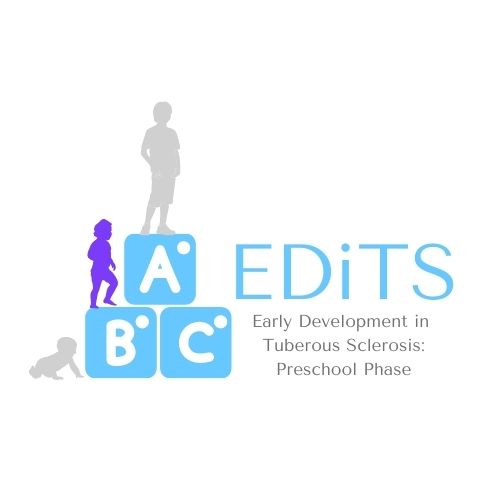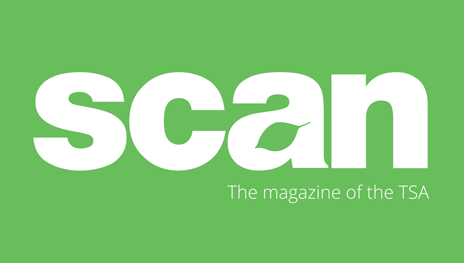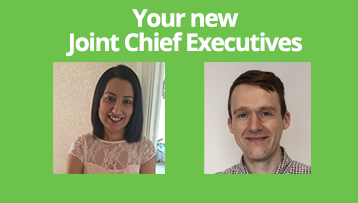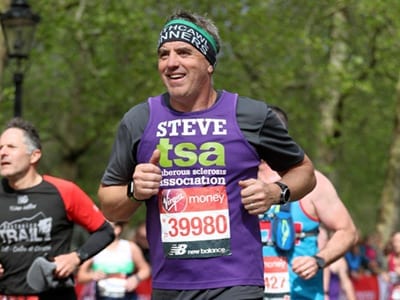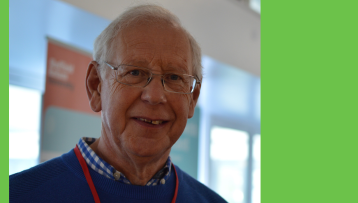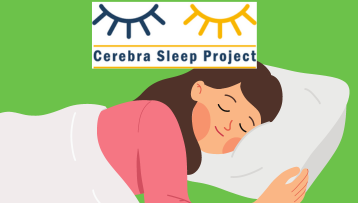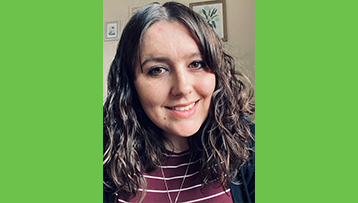It’s important to prepare for the move from child to adult care services, as it can pose many obstacles
Child services involves familiar and highly-structured care. The transition from this to adult services, which are more self-directed and independent, can be daunting. However, it can also be framed as a time of positive change.
Through better understanding and clarity on the transition process, young people with TSC and their families can feel empowered and armed with the knowledge to navigate the change with confidence and ease.
The key pillars of a strong transition
A successful transition to adult care depends on a coordinated efforts across five key pillars, with the young person at the core. These are:
Healthcare. Adult healthcare likely means support by different TSC specialists and at a different TSC clinic to the care received as a child. Speak to the young person’s existing children’s TSC clinic well in advance of the transition, so a plan can be made. This will mean that no health challenges of TSC are missed following the move. You might also want to speak to the young person’s GP to share any concerns.
Social care. If the young person has a disability, social care has a major focus in the initial steps towards adulthood. This ensures that nothing is missed, and will include a Transition Assessment (more on this later). Over time, social care services should be flexible and adapt to continue meeting the young person’s needs.
It’s important that there’s never a break in social care services. Child services should not stop funding a young person’s social care support until adult services have taken over.
Education. If a young person with TSC doesn’t require major social care or health support, education – especially school – takes the lead in transition planning. It’s important that the young person has the opportunity to fulfil their education potential.
When a child with complex needs is approaching school leaver age and wants to continue in education, it’s understandable to be concerned about finding an appropriate placement or college. If the child doesn’t have an Education, Health and Care Plan (EHCP) and there’s concerns that a placement can’t meet their needs because they require specialist support, consider requesting an Education Health and Care (EHC) needs assessment.
One option is to seek a specialist colleges that offers courses for students with learning disabilities. The membership organisation for centres like this is called Naspec. They should be able to provide more information.
Work and leisure. The importance of employment and leisure can’t be underestimated. Although everyone’s capabilities are different, work and hobbies can massively contribute to a person’s sense of independence and self-esteem. This should not be ignored in the transition to adult care.
Understanding the different phases of transition
Moving to adult services is a gradual progression across health, social and education providers. This makes the change easier to plan and anticipate. The first phase usually starts slowly, from around 14 years old, but the specific age will depend on where you live in the UK. This process usually has three main phases:
Preparing for adulthood. This can span several years and is the foundation of the transition process. This stage might involve a ‘Transition Assessment’. This can help the young person create a ‘road map’ for what the transition will involve, focused on helping the young person achieve the best outcomes.
A good transition assessment should look at a young person’s strengths and (when able) involve the young person as much as possible, so that they are central to the planning of their own life. Young people or their caregivers can request a transition assessment from their local authority. The local authority has a duty to do this assessment under the Care Act 2014.
This stage is often done in school, especially if the young person has an EHCP or Statement of Special Educational Needs (SEN). To achieve the best preparations possible, ensure that the professionals supporting the young person across health, social and education care are coordinated and prepared to communicate together.
First steps into adult services. This phase is when the preparations from the previous step start to be put into action. The young person will probably still be seen by child services during this phase, but it’s an opportunity to put one foot into the world of adult care.
This ‘moving in’ stage gives the young person a chance to feel more comfortable with the transition and interact with adult services – this could include a day visit to their new special needs residential college, or being introduced to the TSC specialists at their adult TSC clinic.
Use this stage as a chance to make sure that you’ve thought of everything that’ll be needed, such as transportation and appointment tracking.
Settling into adult services. This phase involves the young person settling into their new adult services. It ensures that the young individual is well supported across health, social and education care, and has everything that they need. The TSA strongly believes that it’s only through joined-up working that the best support and management of TSC can be given. Health, social and education care professionals should continue to communicate even beyond this stage.
At this stage, closely monitor the young person’s progress, development and overall care. As in previous steps, a major focus should be on ensuring that no services or needs go unnoticed.
Looking Ahead
Transitioning from child to adult services is a significant milestone for young people with TSC. It’s a time of change, growth, and increasing independence. With a carefully crafted transition plan, a multi-agency team that communicates well, and the unwavering support of family and friends, young individuals can thrive in their new adult care environment. Remember that every individual’s transition experience is unique. There’s no one-sizefits-all approach. Flexibility, patience, and open communication among all involved parties are key







